Apple’s troubling stubborn streak
One thing Apple unveiled in its recent Spring Forward event was enough to make me believe in miracles.
After nearly six frustrating years—six years!—one of the company’s most inexplicable design blunders was finally corrected.
Hello, new Siri Remote.
The shock got me digging into the past to examine Apple’s track record when it comes to fixing things that need fixing. Sorry to say, it isn’t pretty.
Here’s a look back at the more notable Apple mistakes—and how long they went uncorrected.
The iMac mouse (two years)
Think of it as the original sin. iMac marked the official start of Apple’s resurrection, and Steve Jobs demanded that every last detail be perfect.
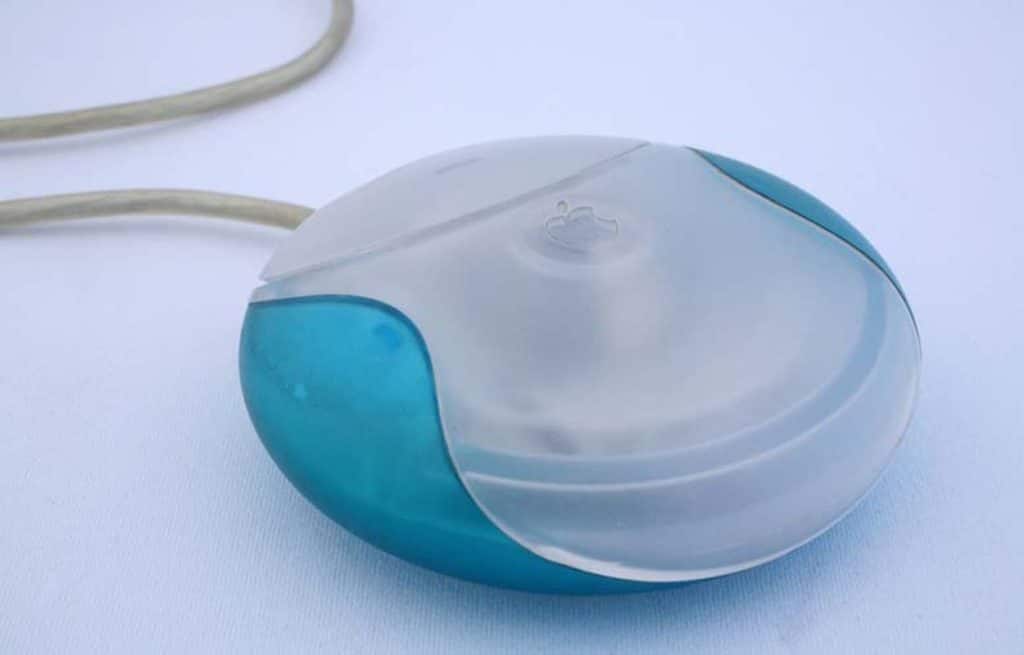
So it’s beyond puzzling that he would ever approve the design of the original “hockey puck” iMac mouse—a classic example of form over function.
It looked cool, but its round shape made it nearly impossible to tell which way it was pointing by touch alone. Users’ cursors seemed to have a mind of their own.
As an insider, I saw firsthand how Steve handled it. He quickly realized this was a design error. He said nothing publicly, but wasted no time working on a mid-course correction.
His plan? Instead of simply bringing the mouse to parity with others, Apple would leap beyond. The result was the laser-based Apple Pro Mouse.
Unfortunately, the new mouse didn’t show up for two years. Apple’s silence during this time left customers wondering what in the world Apple was thinking.
Original iPhone pricing (one month)
Anticipation for the original iPhone was through the roof. The company that revolutionized music with iPod was about to revolutionize phones.

The excitement led Steve to go overboard on the pricing. What he thought was good business the public saw as price-gouging. Not a good look.
This time, Steve fixed things fast. Just one month after launch, he announced a new pricing policy to address the criticism. He lowered the price by $200 for new customers and gave a $100 Apple Store gift coupon to those who had already purchased.
In effect, Steve was saying, “We made a mistake, but we listen to our customers.” A very welcome message.
MobileMe (four years)
With great fanfare, Apple launched the MobileMe collection of cloud-based tools (Mail, Calendar and more) in 2008. It was a new version of the floundering iTools product that existed before.
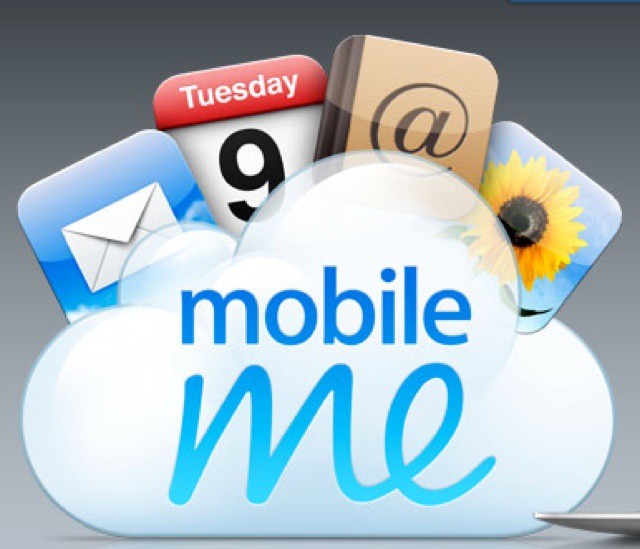
MobileMe was unstable from the start, with bugs and syncing issues. There was no public admission of failure, but it was reported that Steve unleashed his fury upon the MobileMe team internally. He chastised them for embarrassing the company and immediately changed the team’s leadership.
The biggest problems were eventually overcome, but in the end MobileMe was a high-profile failure. A real fix wouldn’t appear until the unveiling of iCloud four years later.
iPhone 4 “Antennagate” (one month)
The most controversial of iPhone launches came in 2010. The iPhone 4 antenna was cleverly engineered to wrap around the edges of the device, but that cleverness came back to bite. Users soon reported that phone calls were dropping as a result of human touch. It was a great phone, except for the phone part.
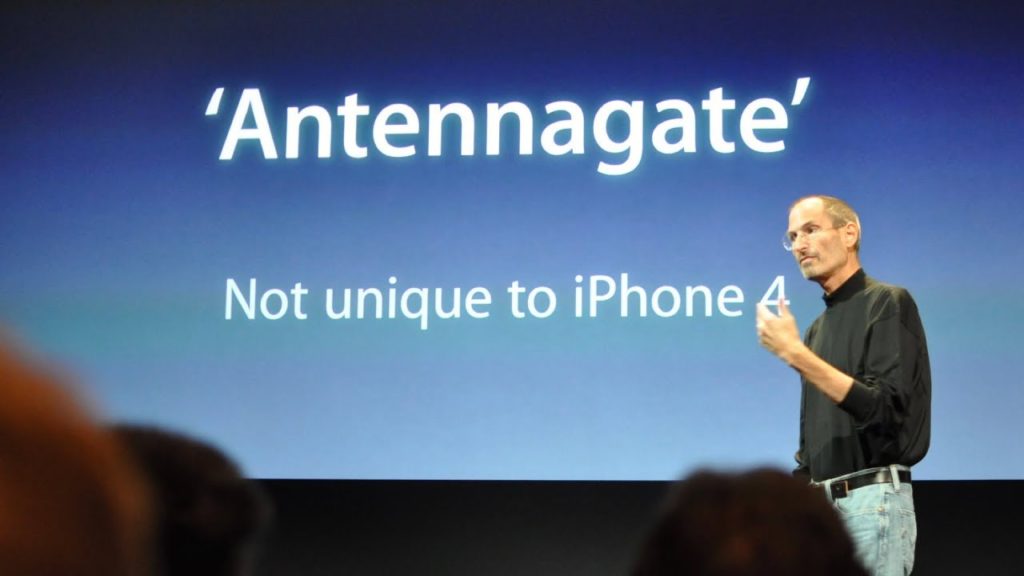
Critics piled on. iPhone 4 became fodder for late-night comedians. Apple was caught making a horrific design error! Or so it seemed.
One month in, Steve Jobs directly responded with a letter to Apple customers. He acknowledged an error in the way signal strength was calculated and displayed on the phone. This was fixed in a software update, but it was not enough.
Two weeks later, he held a news conference to address the problem. He explained the science and testing behind the design and generally diffused what had become a crisis of confidence.
To better shield the wraparound antenna, he offered a free iPhone “bumper case” to new customers and a refund for those who already purchased.
The scandal quickly blew over, thanks to Steve addressing it publicly.
Apple Maps (~two years)
By 2012, Apple’s dependence on Google Maps had become a liability. The iPhone version was seriously lagging behind the Android version.
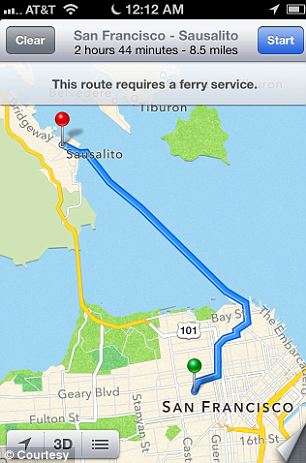
And so Apple Maps was born.
On paper, it was an excellent idea. It was consistent with The Law of Steve—Apple should never rely on other companies for critical technology or services.
Only one flaw: the product was not ready for prime time. Disgracefully so. It was buggy, misplaced landmarks, gave incorrect directions and omitted public transportation.
Apple did not duck responsibility. Within a month, Tim Cook publicly stated that Apple was “deeply sorry” for the flawed product. He even suggested the unimaginable, that customers look to other map apps while Apple improved its own product.
Poor Scott Forstall was soon fired, reportedly because he refused to apologize for the product he was responsible for.
Though I credit Apple above for “fixing” Apple Maps in about two years, this one is in the eye of the beholder. Let us all agree it started as a mess and required a lengthy evolution before it could be trusted.
Magic Mouse (5.5 years and counting)
In October 2015, Apple replaced the original battery-powered Magic Mouse with the rechargeable Magic Mouse 2.
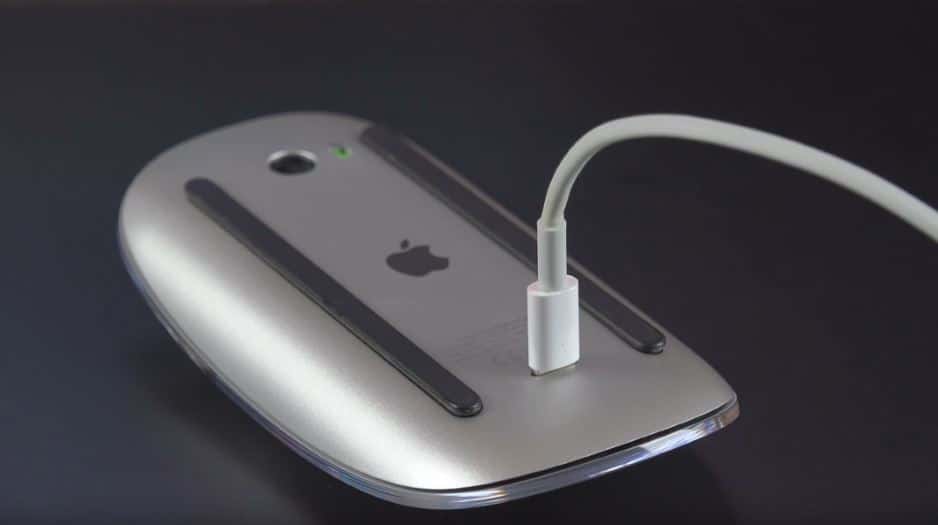
How great that customers no longer had to deal with batteries. How tragic that the charging port was on the bottom of the mouse—rendering it unusable when charging. Another form vs. function controversy
Ironically, the company that popularized the mouse was faced with a second mouse-design controversy.
Thankfully, Magic Mouse 2 doesn’t need to be charged too often, and you can get a usable charge in just a few minutes. Still, the design seems blatantly un-Apple.
People are still complaining more than five years later, and Apple hasn’t given an inch.
Mac Pro cylinder (six years)
Apple unveiled the radical cylinder-design Mac Pro at the 2013 WWDC, and it shipped six months later.
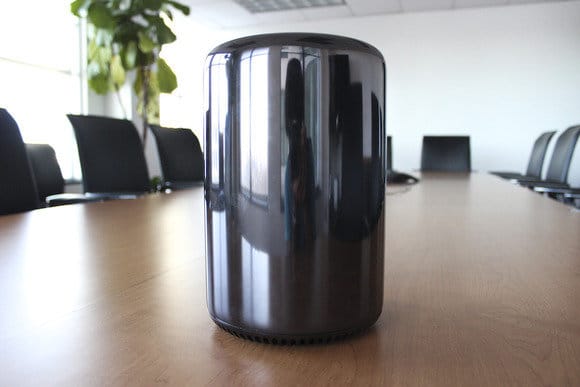
My eyes opened wide. I truly thought it was one of those Apple “moments.” This Mac Pro disrupted tradition as only Apple could.
Phil Schiller took the opportunity to taunt critics with his onstage comment, “Can’t innovate, my ass.”
Sadly, this turned out to be the high point for the new design. Years passed without any real update, making it clear that something was wrong.
Yet Apple remained mum, and Mac Pro now holds the record for an Apple computer going the most days without an update.
Years later, Apple bit the bullet and finally confessed—the architecture of the Mac Pro had hit an engineering dead end. The cylinder would be phased out and replaced by a new Mac Pro in the following year. Ambiguous, but a step above total silence.
In 2019, six years after it was unveiled as a symbol of Apple innovation, the cylinder was finally put out of its misery and replaced by a machine with a future (in theory).
Butterfly keyboard (five years)
When Apple updated the MacBook Pro in 2015, it created a problem that would fester way too long. It was all because of Apple’s obsession with thinness.
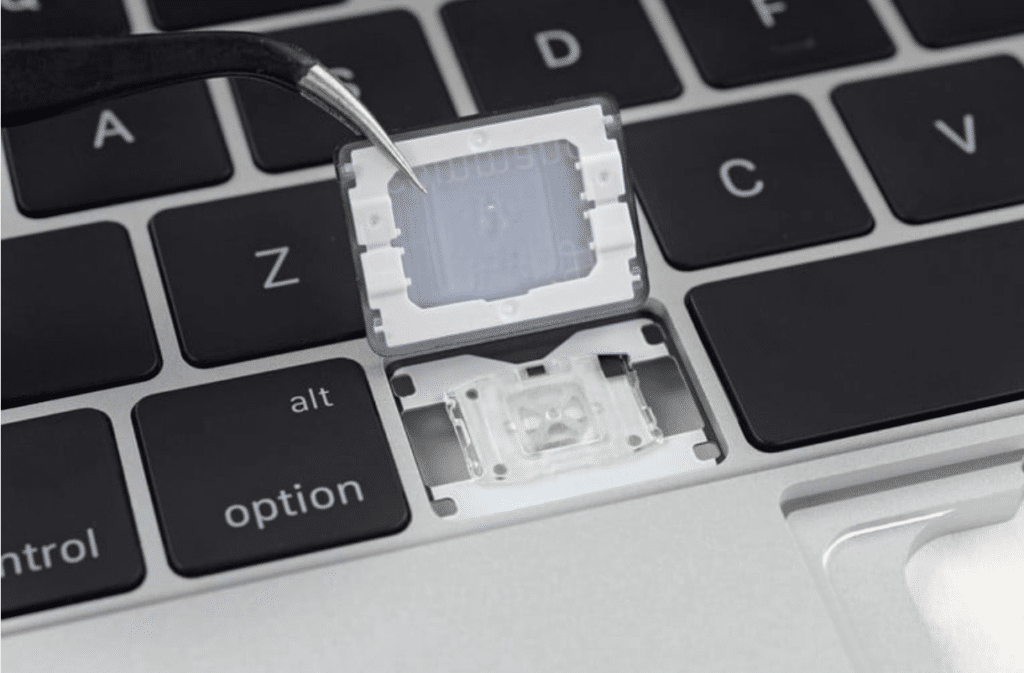
The new “butterfly” keyboard design made MacBook Pro (and soon, MacBook Air as well) imperceptibly thinner. But doing so came with a price. Customer complaints about broken keys and excessive noise flooded in.
For five frustrating years, Apple tried to fix broken keys with AppleCare, and then doubled down with a Version 2 of the keyboard in updated models. Nothing seemed to solve the problems.
Apple finally pulled the plug on this self-inflicted wound in 2020 and reverted to the older, widely loved keyboard—a public admission of failure that came way too late.
The Siri Remote (5.5 years)
If there is a Chamber of Horrors beneath Apple Park, surely the Siri Remote sits in a place of honor.
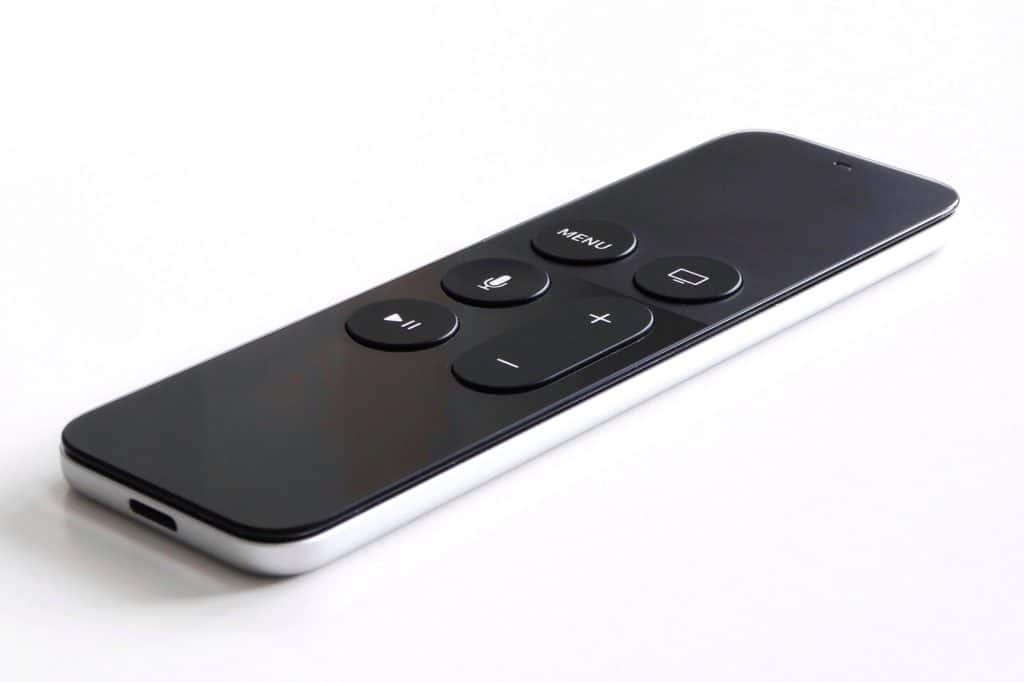
It was born in 2015 as part of Apple TV HD.
The remote’s flaws are legendary. Its symmetrical design made it impossible to tell top from bottom in a darkened room, and its touchpad made it way too easy to send accidental commands.
Apple TV 4K came two years later. Reasonable people assumed that after two years of complaints, a new remote would be part of the updated product.
Nope. Apple did nothing more than add a white ring around the Menu button—addressing none of the big complaints.
Why Apple would double down on such a flawed product will forever remain a mystery. More than three more years would pass before the re-designed Siri Remote was unveiled.
The danger of silence
We humans don’t like to be ignored or disrespected. So it’s always puzzling when a company treats customers that way—offering zero response to obvious product flaws.

Especially when that company is Apple, the self-proclaimed champion of the great customer experience.
When it goes silent like this, I can only assume that Apple makes the calculation that it is protecting the brand—even though this form of “protection” ultimately serves to degrade the brand.
Dealing with a product flaw is a challenge for any company, but it’s also an opportunity. It’s a chance to prove how much you care. By being honest and straightforward, you can actually build greater customer loyalty.
It’s disappointing that the modern Apple is so willing to stonewall, and that it can take an inexcusably long time to set things right.
Five years for a new Siri Remote? Five years to re-design a mouse charging port? Really?
We customers may be fickle, but we are also forgiving. We get that bold dreams come with risk. A product flaw isn’t the end of the world, as long as a company responds well.
It’s about showing basic respect to the people who buy your products. Or not.

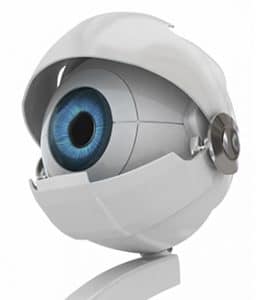
Apple’s ego? Steve’s ego? Jony Ive’s ego?
I think you forgot the longest silence of all: a two button mouse! And if my math serves me correctly that would be 15 years!
Great post as usual, Ken. I’m wondering if you can speak to this: from the outside, it looks like when Apple doesn’t care about a problem, they REALLY don’t care about it. There’s no half-assed solutions presented, no half-hearted signs of progress. If Apple doesn’t care, they unequivocally don’t care.
For example, I’m thinking of the old macbook chargers, where you could wind the cord around two little posts. If you didn’t wind it just right, within a year the spot where the cord entered the charger would fray. It was like this for years and years. Apple didn’t care, Apple did nothing.
I’ve often wondered the extent to which the thinking is like, “Don’t bother fixing it, in a decade or so we’ll supplant it with something much better.” Very interested in your point of view on “Apple doesn’t care.” Thanks!
“If Apple doesn’t care, they unequivocally don’t care.” I love the way that’s written, and I agree that this is sometimes the way it appears. I just find it hard to believe that Apple can be that cold. Internally they do emphasize the customer experience (at least they used to), so I have to believe these things are all “strategic.” Like many companies, they see it as a chess game, moving pieces on the board for strategic advantage. Now that Apple has become so huge, my gut feeling is that there is great pressure internally to keep the success going—and admitting errors by words or actions ends up being a last resort. It’s easier to do nothing, and then sometime in the future, when a better product is finally unveiled, they can present it as the result of “Apple putting the user experience first.” They count on the sad human truth that people tend to forget pretty quickly.
Thank you for your reply.
One thing I’ve learned from your books might be put like this: “It’s incredibly hard for a large organization to do anything well.”
Steve Jobs seems like a man who was able to cut through that and MAKE things be done well–though not always, as your post points out.
Long-term strategy CAN look crazy from the outside, I guess.
As I remember it, as a temporary ‘solution’ to the hockey puck mouse, they offered a snap-on extension to the mouse that elongated it so that it was easily orientated by feel.
I’m pretty sure that was a third-party solution, right?
I’d forgotten about the “solution”—from at least one third-party company. A fun/sad moment in Apple design history.
I would add the forgotten Macbook ports and the dongles war.
What a disappointment!
Since 2015
One last thing..
A good ad: since you left.
Have you seen the last one about iPhone 12 “Selfies in the dark”?!
I think there are one major difference between Steve’s era and post Steve era. For example Steve admitted the original iMac mouse was a mistake within 6 months during an interview. He didn’t hint at redesign or fixing it. But he knows customer dont like it. And that is great as far as I can tell. The first way to solve a problem is to admit it as a problem. And it turns out Steve Admitted it fairly quickly, only something better take much more time to redesign. And two years to design an industry first optical based, beautiful Pro mouse was an huge achievement.
Compare this to modern Apple. They didn’t even know the Butterfly keyboard was a mistake, no plan on fixing it, customer had report on reddit and official Apple forum since 2015. Apple even issue a compressed air cleaning in 2016. It wasn’t until one writer working for the media had the problem her self, publish a story and finally the whole thing went viral in 2018, did Apple admit the problem, and they didn’t even bring something better like they did with the mouse. They merely revert to the old design 5 years later. Compared to Steve’s much better solution turn around time of two years, and 5 years of reverting solution, the new Apple doesn’t understand any of its problem at all. Or those who understand, the product genius that got them there got rotten out, and were driven out of the decision making forums.
The same with Mac Pro, it wasn’t until someone told Apple Exec that certain long time Apple supporting movie Studio decided switch away from using Mac because of their pathetic Mac Pro product development, did they make an public announcement in 2017 that they are working on it. Again it took them 2-3 years to admit their problem, and start working on solution. 5 years in technology years is a very long time. Especially when Apple remain silence on the issue.
In the old days as long as you have Steve attention, you can bet he will get you something so good, they you couldn’t resist and spend so much money on Apple’s product. These days, they are too focus on Apple TV+ (*cough*) or Apple Music….
Agree 100%!